1954 Gibson Les Paul
Bonamassa used this ’54 goldtop for Freddie King’s “You’ve Got to Love Her With a Feeling” and “Sittin’ on a Boat Dock.” Tech Mike Hickey even went so far as to remove two knobs and adjust the selectors to match old photos of King.

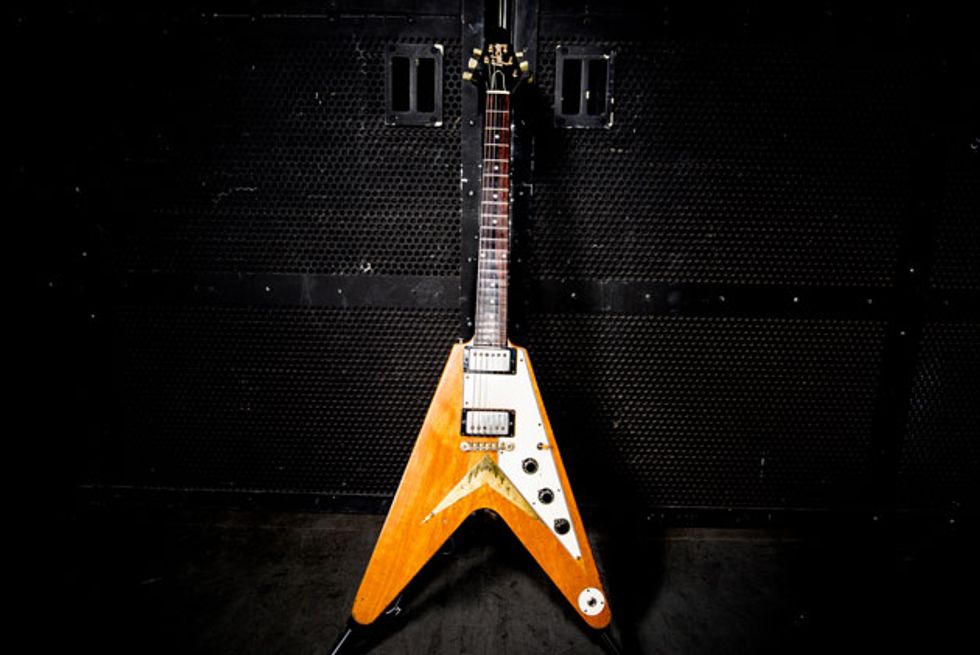

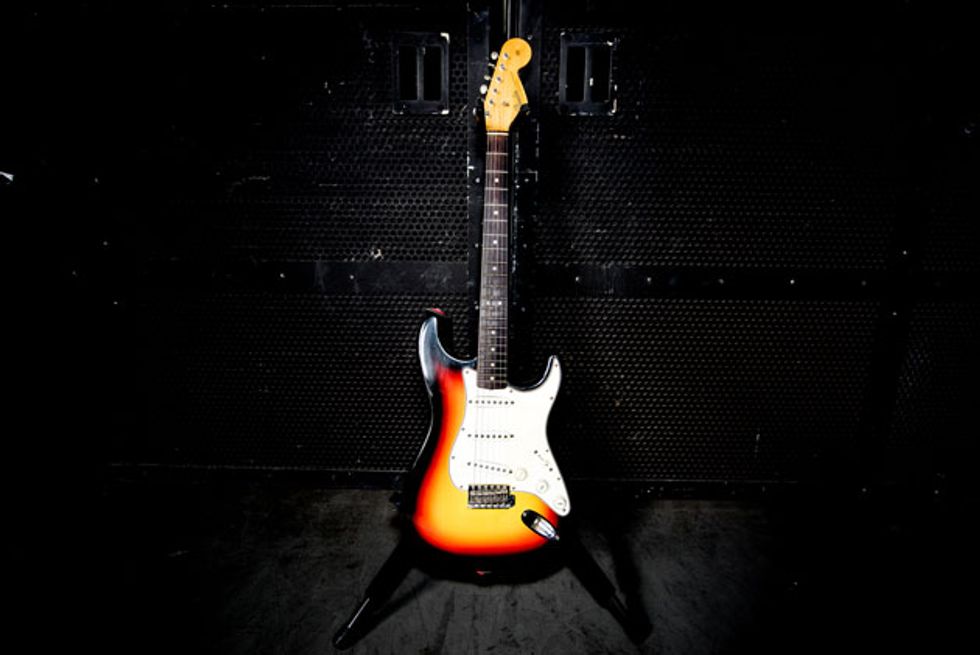
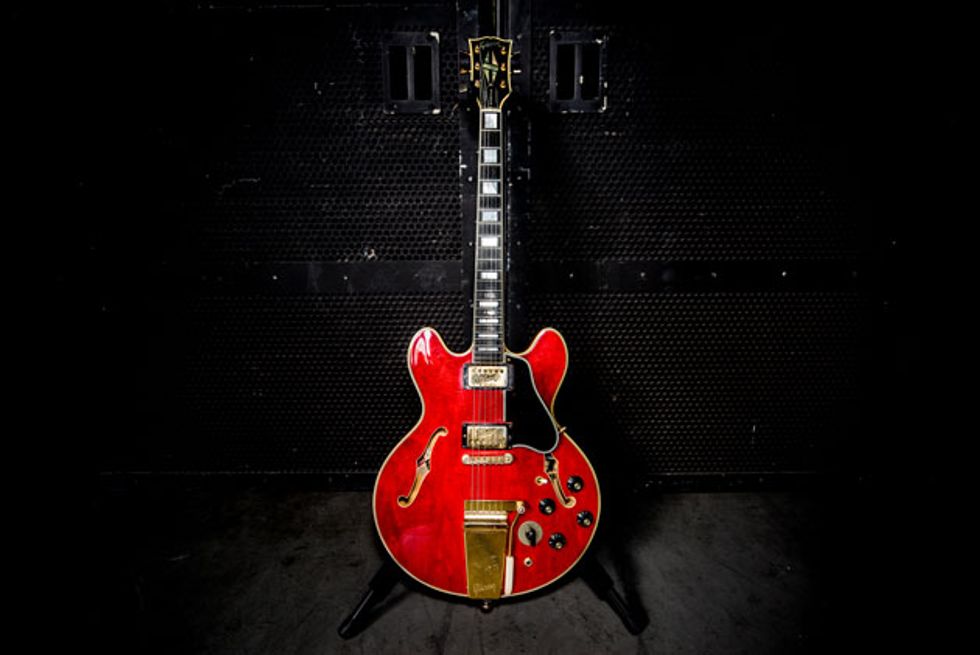

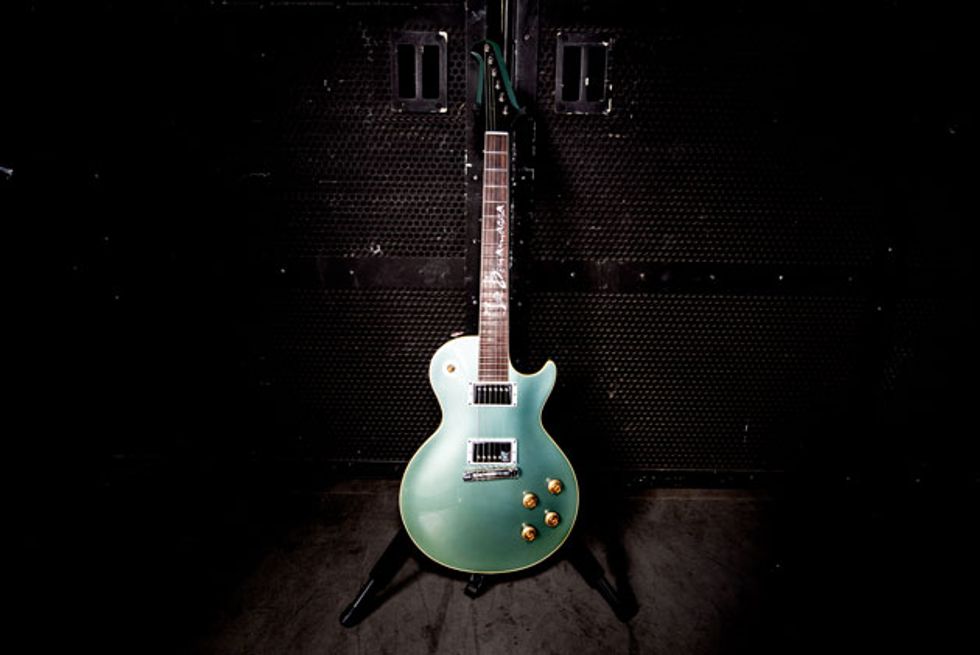
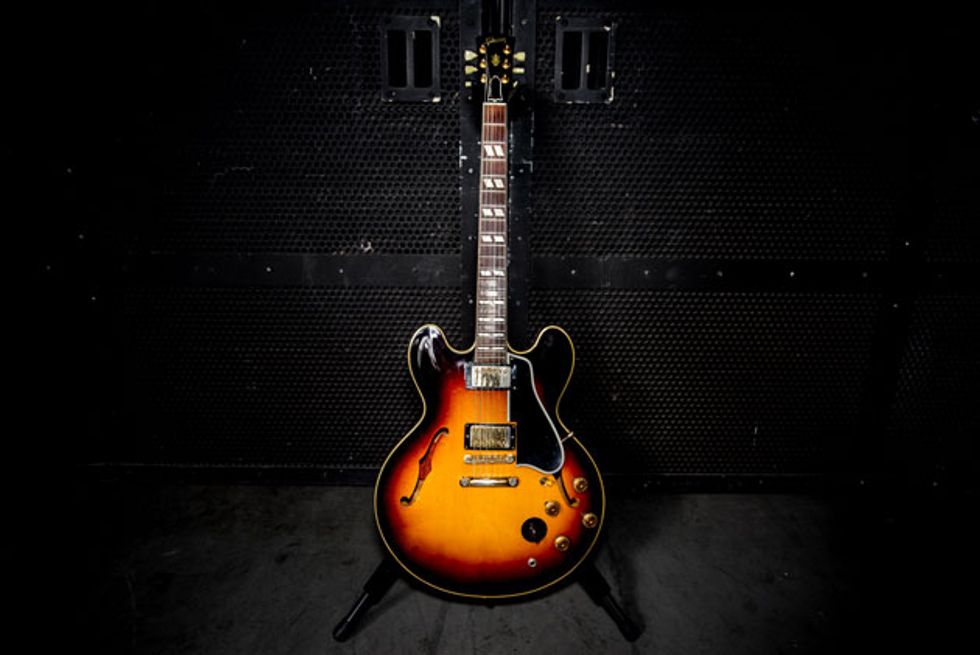
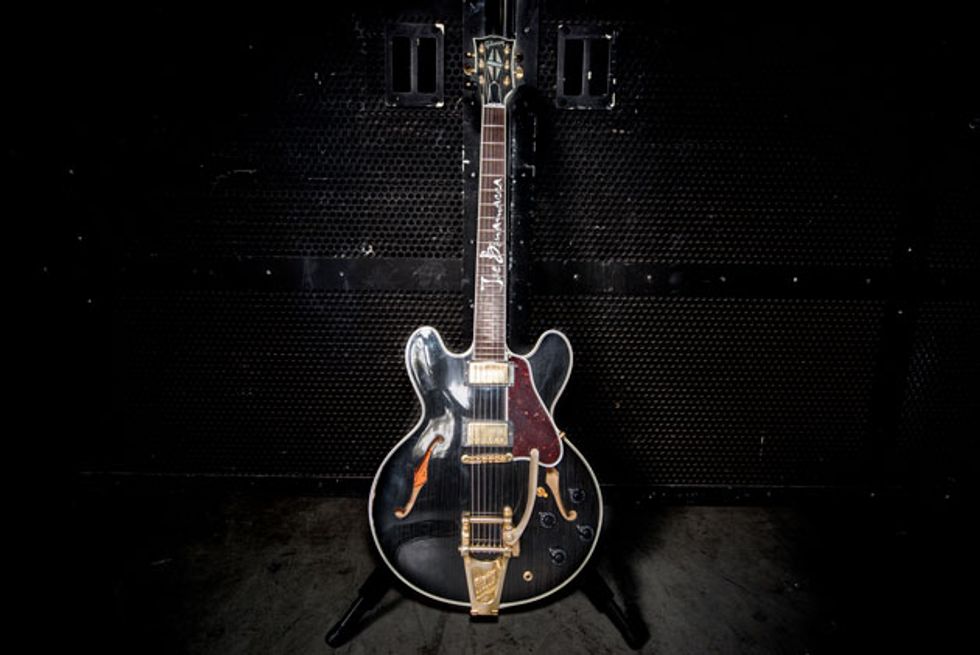
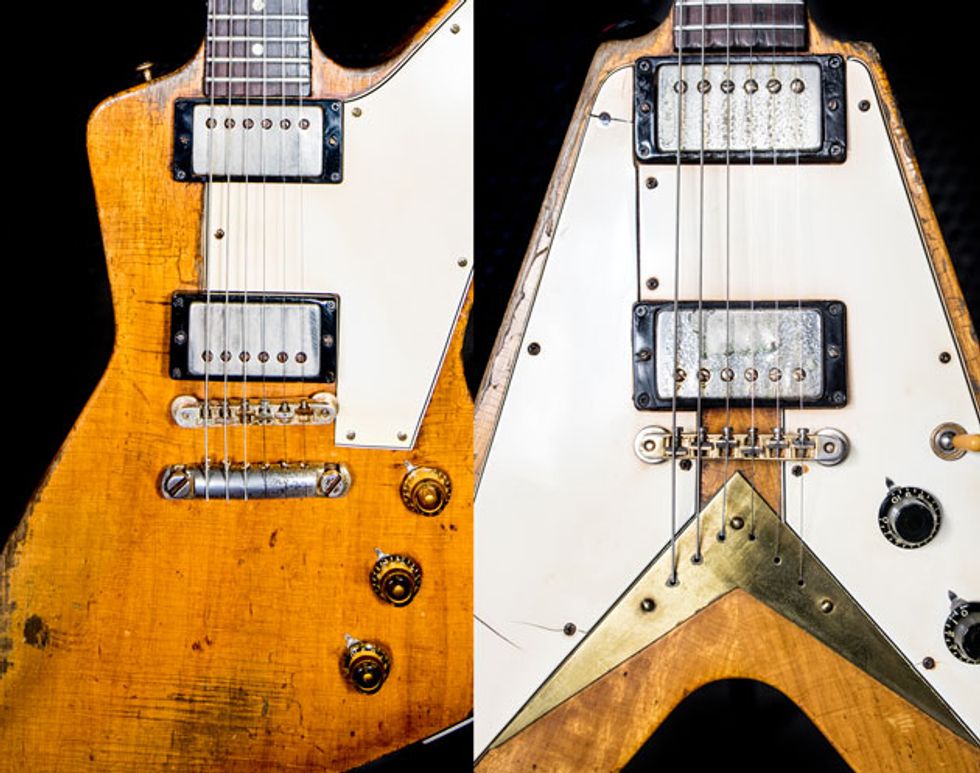
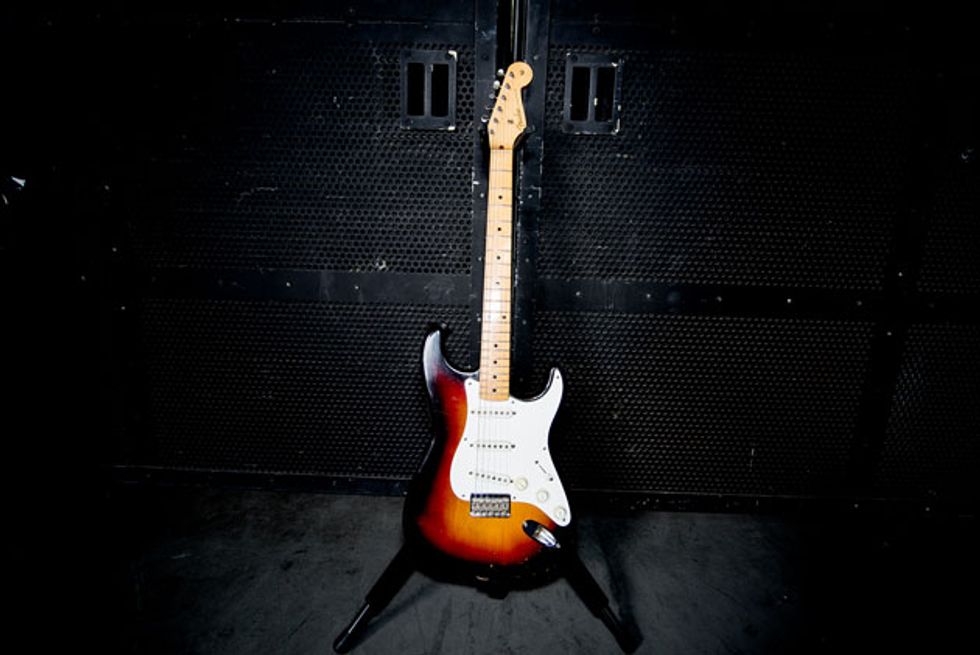
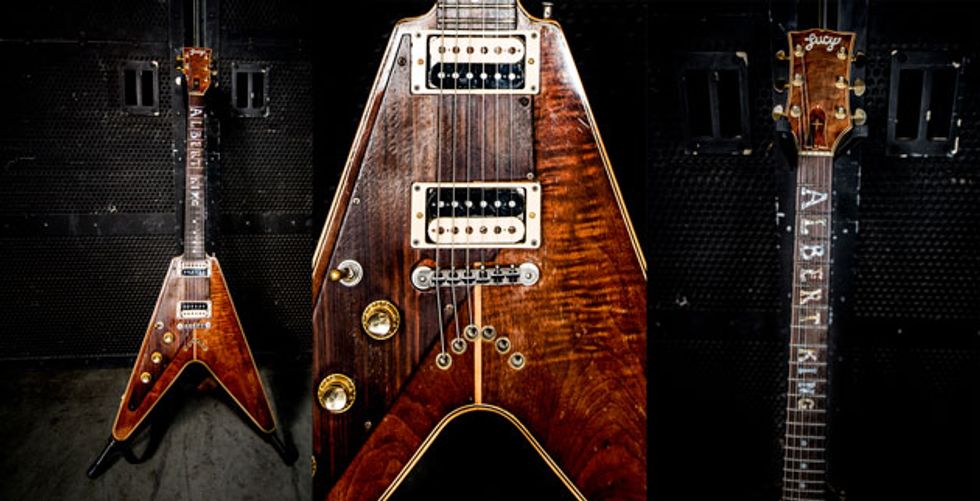
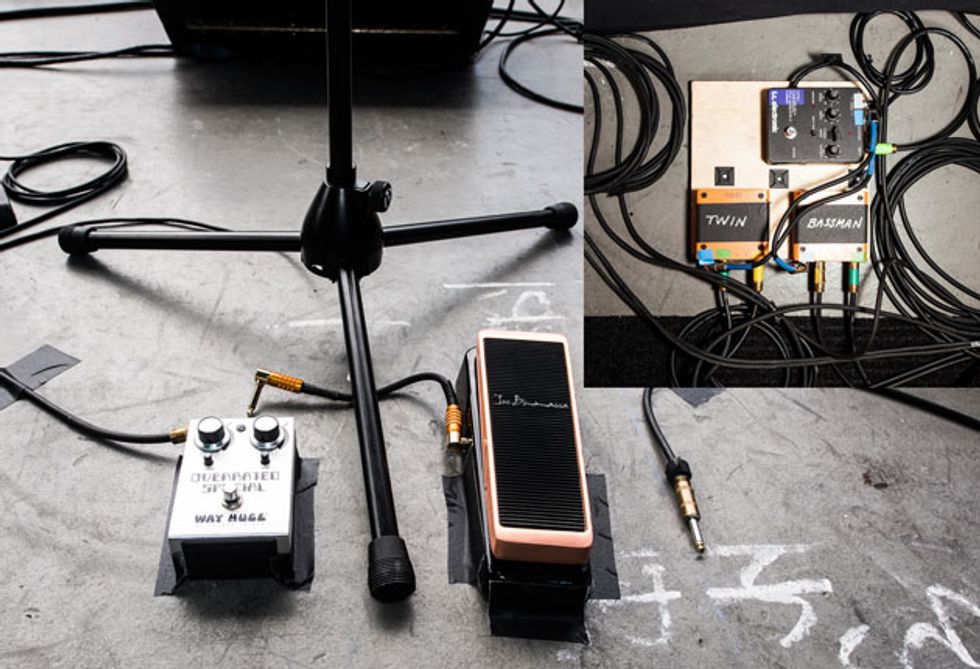
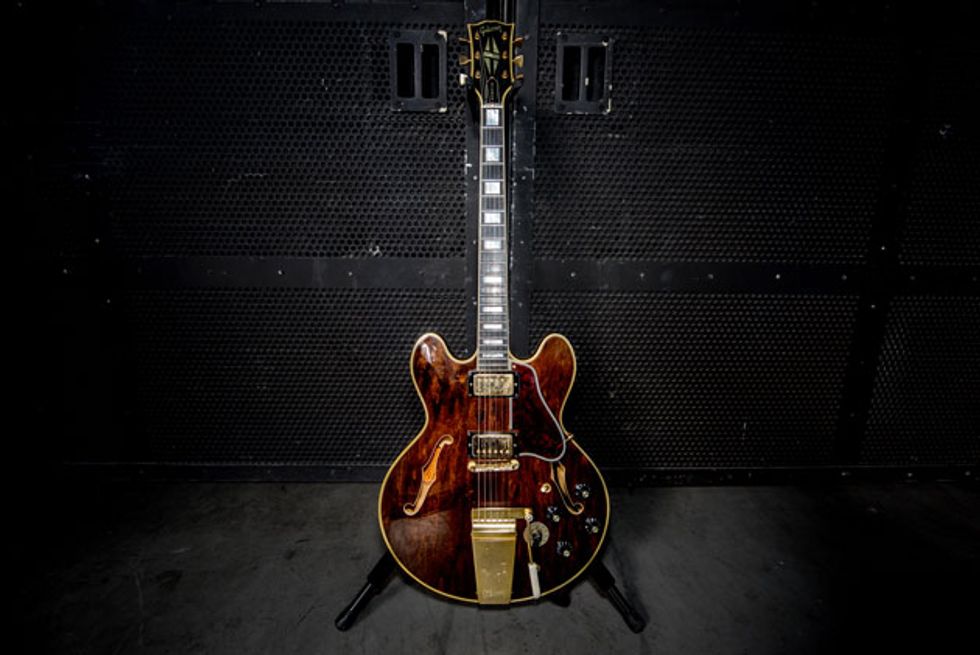






![Rig Rundown: Russian Circles’ Mike Sullivan [2025]](https://www.premierguitar.com/media-library/youtube.jpg?id=62303631&width=1245&height=700&quality=70&coordinates=0%2C0%2C0%2C0)

















